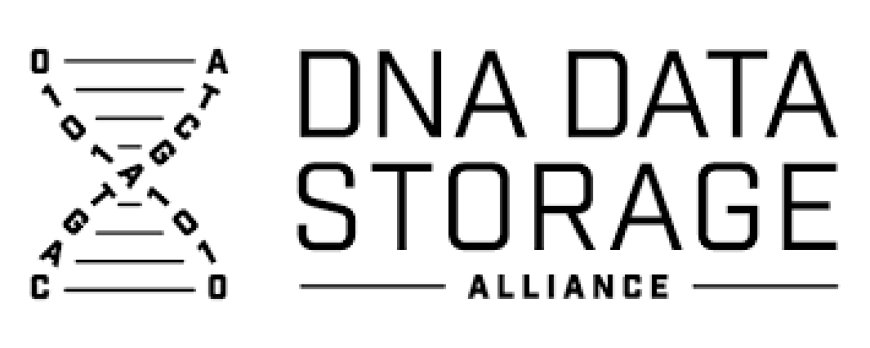DNA DATA STORAGE ALLIANCE RELEASE
SNIA is a not-for-profit global organization comprised of corporations, universities, startups, and individuals. Its members collaborate to develop and promote vendor-neutral architectures, standards, and education for management, movement, and security for technologies related to handling and optimizing data. SNIA focuses on the transport, storage, acceleration, format, protection, and optimization of infrastructure for data. Learn more at www.snia.org.
Santa Clara, CA, March 12, 2024 (PR.com) Today, the DNA Data Storage Alliance, a SNIA Technology Affiliate guided by industry leaders including Catalog Technologies, Inc. (https://catalogdna.com/), Quantum Corporation (NASDAQ: QMCO) (https://www.quantum.com/en/), Twist Bioscience Corporation (NASDAQ: TWST) (https://www.twistbioscience.com/), and Western Digital (NASDAQ: WDC) (https://www.westerndigital.com/), introduced its first set of specifications. These specifications outline a recommended approach for storing essential vendor and CODEC information within a DNA data archive. The CODEC facilitates the necessary conversion between digital information and DNA.
In contrast to conventional storage media like tape, HDD, and SSD, DNA lacks a fixed physical structure, a built-in controller, or a linear addressing system. Consequently, it requires a mechanism to initiate reading or "booting up" a DNA archive without relying on such a structure. The SNIA DNA Archive Rosetta Stone (DARS) working group, one of four working groups within the DNA Data Storage Alliance dedicated to defining standards for DNA data storage systems, has crafted two specifications to enable archive readers to locate the sequence for booting up the data.
The two specifications are Sector Zero and Sector One. The Sector Zero specification delineates the minimal information required for the archive reader to identify the CODEC used to encode Sector One, along with a pointer to the company or organization that synthesized or "wrote" the DNA. This information enables the reader to access the data in Sector One and identifies the CODEC used for the main body of the archive. The Sector One specification encompasses details such as a content description, a file table, and parameters for transfer to a sequencer.
Dave Landsman, a member of the DNA Data Storage Alliance Board of Directors, remarked, "A fundamental objective of the DNA Data Storage Alliance is to establish and publish specifications and standards that foster the growth of an interoperable DNA data storage ecosystem. With the release of the Alliance's inaugural specifications, we take a significant stride toward achieving that objective. Sector Zero and Sector One are now publicly available, empowering companies operating in this space to adopt and implement them."
About the DNA Data Storage Alliance
The DNA Data Storage Alliance, established in October 2020, aims to create and promote an interoperable storage ecosystem based on manufactured DNA as a data storage medium. The Alliance pursues its mission by educating the storage ecosystem and the public about this emerging technology, identifying key technical challenges in underlying technologies to drive funding and research facilitating commercialization, and developing standards and specifications (e.g., encoding, physical interfaces, data retention, file systems) that enable the emergence of an interoperable DNA data storage product ecosystem. Follow the DNA Data Storage Alliance on Twitter (https://twitter.com/DNADataStorage), LinkedIn (https://www.linkedin.com/company/dna-data-storage-alliance/), and visit www.dnastoragealliance.org. In 2022, the Alliance joined SNIA as a technology affiliate.
About SNIA
SNIA is a not-for-profit global organization comprised of corporations, universities, startups, and individuals. Its members collaborate to develop and promote vendor-neutral architectures, standards, and education for management, movement, and security for technologies related to handling and optimizing data. SNIA focuses on the transport, storage, acceleration, format, protection, and optimization of infrastructure for data. Learn more at www.snia.org.
What's Your Reaction?
 Like
0
Like
0
 Dislike
0
Dislike
0
 Love
0
Love
0
 Funny
0
Funny
0
 Angry
0
Angry
0
 Sad
0
Sad
0
 Wow
0
Wow
0











































































































